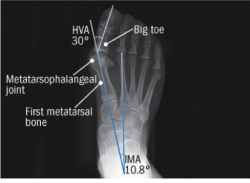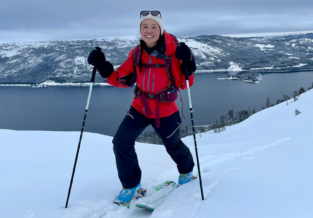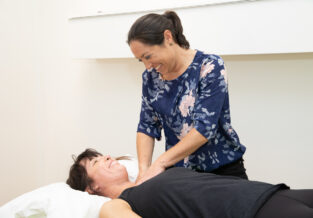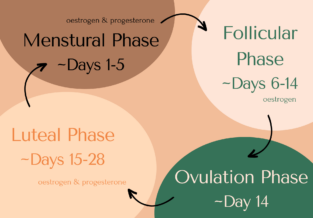The Importance Of Intrinsic Muscle Exercises In The Management Of Bunion Deformity
Published on
24 Nov 2015

Call us on: (03) 9975 4133
Changing and managing bunions without surgery is a lot easier than it sounds. With a good balance of intrinsic muscle exercises and podiatry management we can get on top of these pesky guys once and for all!
The Facts
Bunion deformity describes a variation in foot skeletal structure that sees a change in the joint of the big toe – the 1st metatarsophalangeal (MTP) joint.
Hallux Abducto Valgus (HAV) is the medical term for Bunion deformity. The change seen is an increase in the angle between the 1st metatarsal, and the toe.
The greater the angle, the greater the grading of this deformity. This condition is seen in the clinic on a daily basis.

The most common side effects described are:
- Pain – Most regularly with movement and active weight-bearing
- Trouble fitting into shoes – due to the increase in forefoot width, and size of ‘bump’
- Osteoarthritis
- Reduced range of motion and function at the big toe joint
Reduced range of motion, and the development of osteoarthritis at the big toe has a significant impact on the mechanics of the entire lower limb. This joint is an important one, and if we can, we must keep it as healthy and functional as possible.
The Treatment
Treatment of Bunion pain can be divided into two categories; surgical and non-surgical (or conservative). It is widely recommended that at least 6 months of conservative treatment should be actively engaged in before surgical consideration. The mere presence of Bunion deformity does not indicate surgery, and many people will live a relatively pain free and active lifestyle with such.
Today I would like to outline one very important component of a conservative treatment plan: strengthening of the intrinsic muscles of the foot. These are the little guys below the ankle, within the foot.
The foot is a superior example of anatomical architecture and biomechanics. The 19 small muscles that are within the foot cross 33 joints and influence these joints in a number of different directions. It is widely accepted that bunion deformity is, at least in part, caused by an imbalance in strength of pull of muscles that work around the big toe.
The Proof
A recent study looked into the influence that strengthening just one particular muscle has on Bunion deformity. The study looked at the effectiveness of a simple exercise called the toe stretch exercise on the bunion angle as described above.
In a randomised controlled trail researchers broke participants into two groups, where one was given an 8-week exercise program that involved only one exercise; the toe spread exercise. Participants completed this exercise for 20 minutes, 4 times per week.
At the end of the 8-week period the two groups were compared.
The study found that the angle of the bunion deformity had decreased by an average of 3.14 degrees in the exercise group. This is a big deal!
This group also had an increase in the size of the muscle belly, whilst the control group had no change in muscle size at all.
Strengthening the intrinsic muscles of the foot is extremely important in management of bunion deformity.
It is important to note however, that this kind of muscle strengthening is only one component of managing bunion pain.
Footwear choices, orthotics, pain management techniques and other offloading modalities are all important considerations.
This study looked at only one single strengthening exercise. At Pride Podiatry we work closely with fantastic Pure Physiotherapists to combine this exercise with a number of others to provide a more complete strengthening program.
At Pride Podiatry we develop a treatment plan that is unique to your biomechanics and unique to your needs. What you need from your big toe is likely very different to what your neighbour requires.
Let us take Pride in your feet.
Access to the full research paper is available at:
http://www.ncbi.nlm.nih.gov/pmc/articles/PMC4433967


